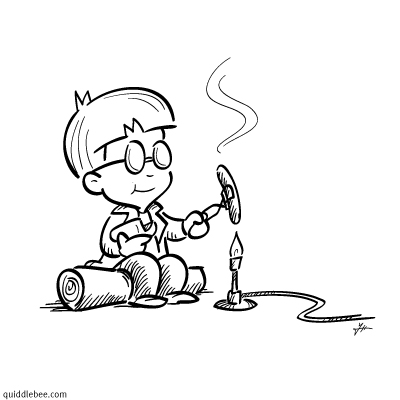Dear Chem students, hope you're having an awesome vacation. Word of "warning"- there is homework to complete before we get back to class on Jan. 13th. Textbook reading, Chapter 9.1-9.5, including the self-checks. As you do each section, answer the ALL the chapter QUESTIONS and work out only the BLUE chapter PROBLEMS on pages 281-284 (answers to the blues are in the back of the book, so check as you go). It's math-work, so dig in and "just do it." I'll try to post some video tutorials as I find them.
Those of you who don't much like math, persevere, because someday, maybe, there will be this "Aha" moment, when the mental skills and the resulting character development will lead to insights and opportunities that might never have been given except that you had "applied yourself to wisdom" in this way, at this time. "Count it all joy..." may possibly require math.
For what you need to review the mole & molar mass ,here is Hank:
You may remember Eric's demonstration experiment, with the strips of aluminum foil dropped in the hydrochloric acid, which formed bubbles and caused the aluminum to "disappear". It was actually a single displacement reaction,
2 Al + 6 HCl ---> 2 AlCl3 + 3 H2
Eric used a little bit of aluminum, but a lot of acid. Aluminum got "used up" but there was plenty of acid left over.
Afterwards, to neutralize the acid, Kathy poured baking soda into the bottle, causing a lot of bubbles, repeating this process many times till finally the acid was completely neutralized. This concept of LIMITING REACTANTS is what we begin to discuss in Chapter 9, so for an overview, here's Mr. Anderson to explain:
Now work in your textbooks, as described above, to complete your understanding. I expect this could take a few hours.
When (not if) you get stuck, post your questions in the comments and as a group we can try to answer.
Those of you who don't much like math, persevere, because someday, maybe, there will be this "Aha" moment, when the mental skills and the resulting character development will lead to insights and opportunities that might never have been given except that you had "applied yourself to wisdom" in this way, at this time. "Count it all joy..." may possibly require math.







